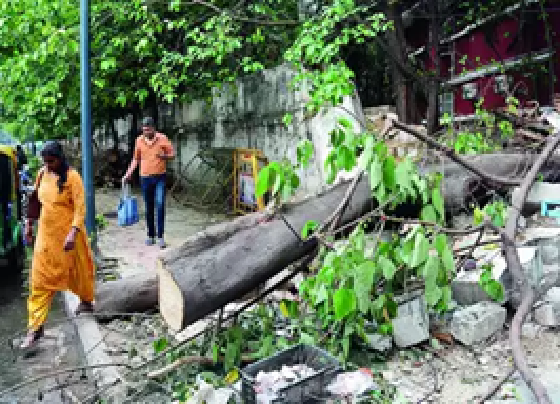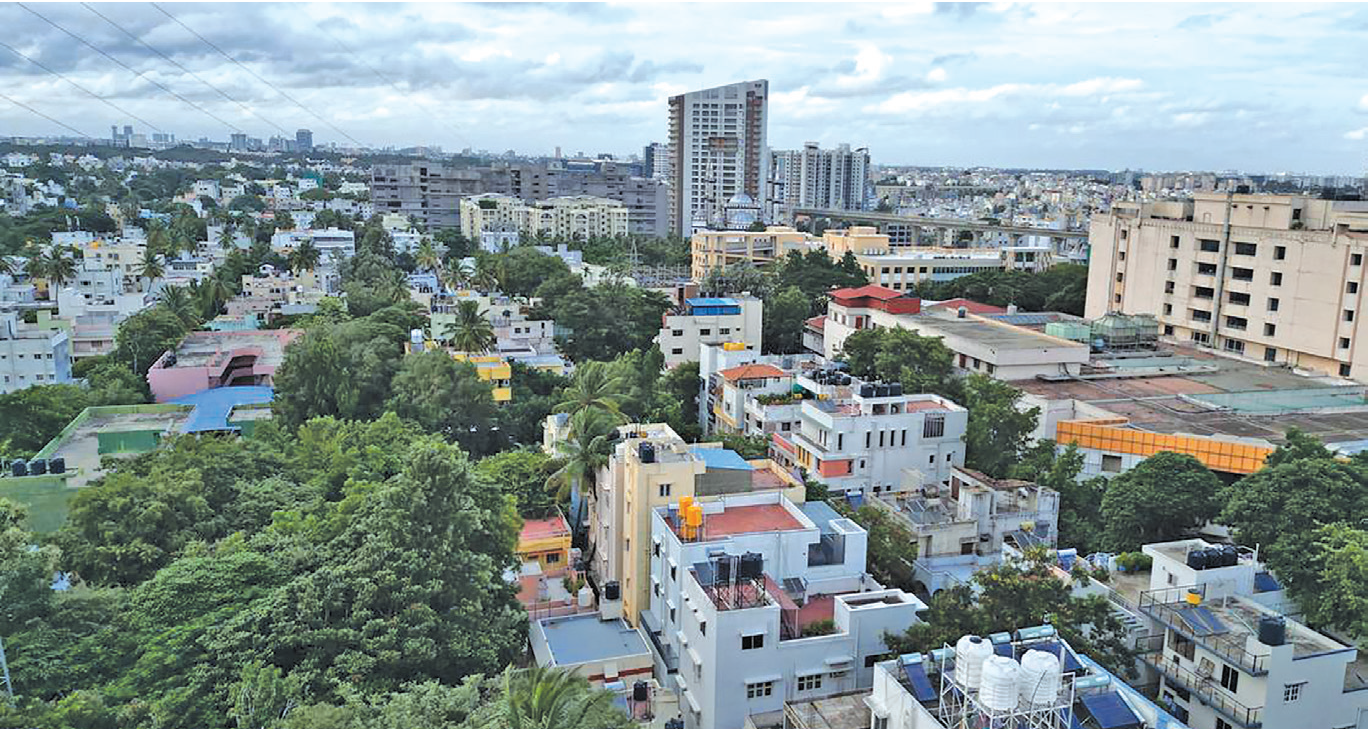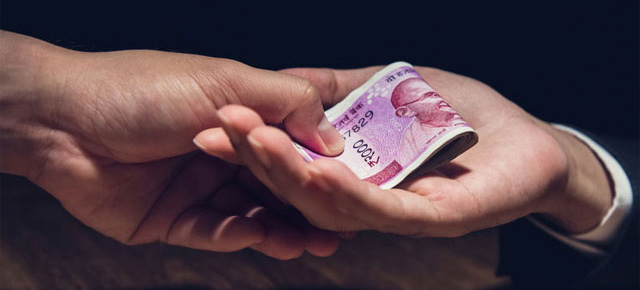
Expert advocates awareness on liquid nitrogen in culinary items
Sowmya Raju | NT Bureau
Bengaluru: A 12-year-old girl in Bengaluru recently experienced a severe medical emergency after consuming a paan reportedly infused with liquid nitrogen at a wedding reception.
The incident resulted in her being hospitalised and diagnosed with perforation peritonitis, a serious condition characterised by a hole in the stomach lining. Upon examination, doctors found a 4x5 cm perforation, necessitating immediate surgical intervention.
The procedure, a sleeve gastrectomy, involved removing part of her stomach to repair the damage. The girl spent two days in the intensive care unit and was discharged after six days of hospitalisation.
This alarming incident has drawn attention to the increasing number of similar cases across India, highlighting the urgent need for stringent safety measures and heightened public awareness about the risks associated with using liquid nitrogen in food and beverages.
Dr. Sonal Asthana, Lead Consultant in HPB and Liver Transplant Surgery at Aster Hospitals explained, “Liquid nitrogen is often used in culinary applications to create dramatic visual effects like smoke clouds. However, its consumption can be hazardous due to its extremely low temperature of -196°C. When ingested, liquid nitrogen rapidly expands and evaporates, posing severe risks.”
The immediate danger of consuming liquid nitrogen lies in its extreme cold, which can cause cryogenic burns to internal tissues. Once it contacts the warmer environment of the stomach, liquid nitrogen transitions quickly from a liquid to a gas, creating a large volume of nitrogen gas.
This rapid expansion can lead to distension and potentially perforate the stomach wall. Such perforations are life-threatening and require urgent medical intervention to prevent complications like peritonitis, sepsis, and shock. Inhaling vapours from liquid nitrogen is also perilous.
It can lead to respiratory issues ranging from mild discomfort to severe breathing difficulties. Exposure to cold vapours can damage the respiratory tract, causing inflammation and, in severe cases, pulmonary edema.
Dr. Asthana emphasised the importance of caution, stating, “Proper handling, understanding the risks, and educating the public about its potential dangers are essential to prevent such accidents.
This incident underscores the need for stringent safety regulations and awareness campaigns regarding the use of liquid nitrogen in culinary practices.”
In another recent incident, a video from Tamil Nadu went viral, showing a boy in severe pain after consuming a "smoking biscuit" infused with liquid nitrogen.
This incident prompted Tamil Nadu's food safety department to ban the use of liquid nitrogen in food, labelling such items as "dangerous."
The department instructed food safety officers to enforce the ban and ensure that liquid nitrogen is fully evaporated from food or drinks before serving. Despite these measures in Tamil Nadu, Karnataka has yet to implement a similar ban.
A senior official from Karnataka's health department mentioned that food safety officers have been instructed to take action against the misuse of liquid nitrogen in accordance with the Food Safety and Standards Act of 2006.
However, a detailed directive on the use of liquid nitrogen has not been issued yet. The increasing frequency of such incidents highlights a critical need for national guidelines and strict enforcement to protect public health.
Raising awareness about the dangers of liquid nitrogen in culinary applications is crucial to prevent further tragedies.
Enhanced safety protocols and comprehensive public education campaigns could significantly mitigate the risks associated with this hazardous practice.
 English daily published in Bengaluru & Doha
English daily published in Bengaluru & Doha






